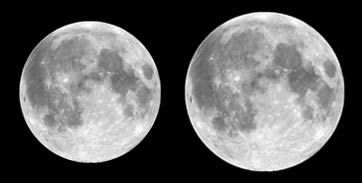The Battle of Fishguard was a military invasion of Great Britain by Revolutionary France during the War of the First Coalition.
The brief campaign, which took place between 22 February and 24 February 1797, was the most recent effort by a foreign force that was able to land on Britain, and thus is often referred to as the "last invasion of Britain".
The invasion was the plan of General Lazare Hoche, who had devised a three-pronged attack on Britain in support of Irish Republicans under Wolfe Tone. Two forces would land in Britain as a diversionary effort, while the main body would land in Ireland. However, poor weather and indiscipline halted two of the forces, although the third, aimed at landing in Wales and marching on Bristol, went ahead.
The invasion force consisted of 1,400 troops from the La Legion Noire (The Black Legion) under the command of Irish American Colonel William Tate, 800 of whom were irregulars. Transported on four French warships under the command of Commodore Jean-Joseph Castagnier, Tate's forces landed at Carregwastad Head near Fishguard on 22 February, after a failed attempt to enter Fishguard harbour itself; however, upon landing, discipline broke down amongst the irregulars, many of whom deserted to loot nearby settlements.
The remaining troops were met by a quickly assembled group of around 500 British reservists, militia and sailors under the command of John Campbell, 1st Baron Cawdor. After brief clashes with the local civilian population and Lord Cawdor's forces on 23 February, Tate was forced into an unconditional surrender by 24 February. Later, the British captured two of the expedition's vessels, a frigate and a corvette.





















